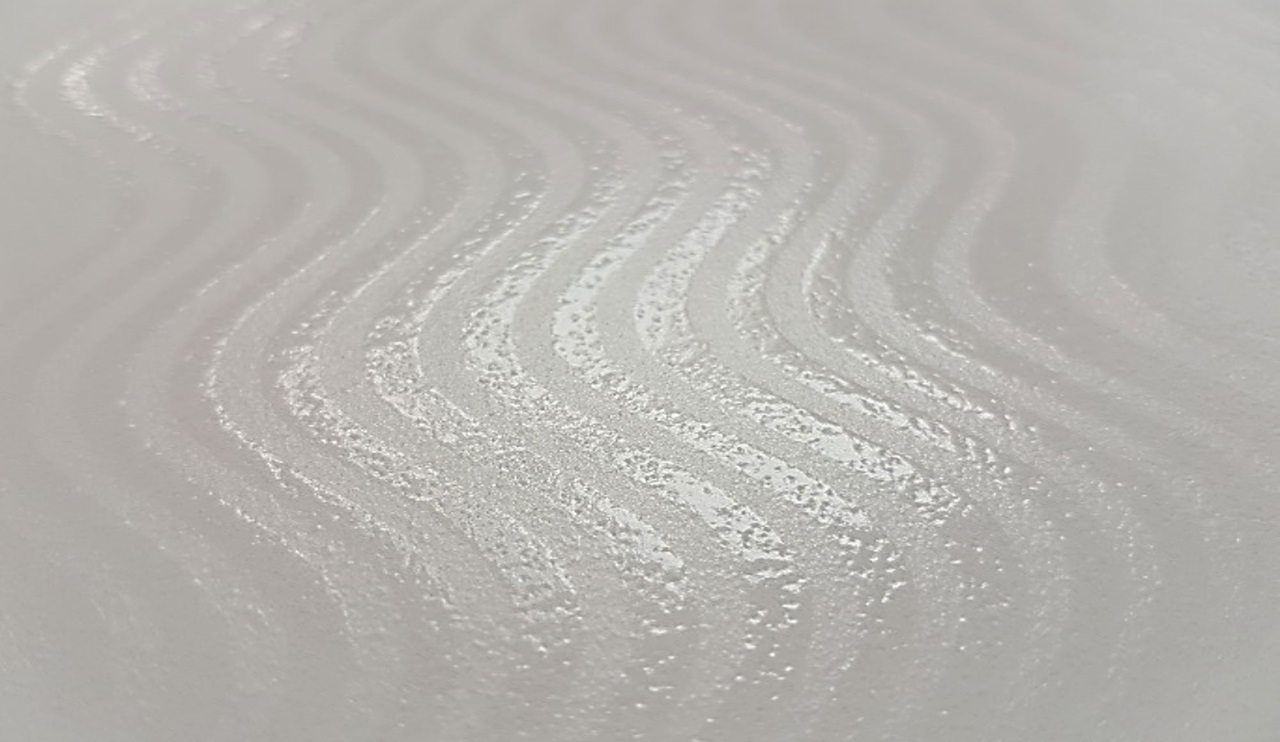A few square centimeters of a new material combination can improve the quality of life for many people. A new material innovation from Freudenberg Performance Materials provides the proof.
A few square centimeters of a new material combination can improve the quality of life for many people. A new material innovation from Freudenberg Performance Materials provides the proof.
By 2020, the number of chronic wounds will have increased by 7.6 percent
(source: MedMarket Diligence December 2015 Report).
Something that is not known is that around 40 million people worldwide suffer from such permanently open skin areas, which in the worst cases will not close on their own for years. The figures conceal the individual fates of patients for whom everyday life becomes a challenge without appropriate care. Infections, clothing soaked in exudate or chronic pain can be the result: “Those affected are limited in their everyday lives. They don’t move around as much and are less likely to socialize. This in turn is bad for health and for the healing process”, explained Thomas Hofbauer, Project Manager Global Business Development at Freudenberg Performance Materials.
Apart from the burdens in personal life, chronic wounds are also an issue for health insurance companies and hospitals. Nursing time is precious – particularly when staff are in short supply. For example, an American care study from 2017 found that chronic wounds in the USA incur costs of 25 billion US dollars per year.
Chronic wounds alone cost the American healthcare system more than 25 billion US dollars per year.
(Source: Chronic Wound Healing: A Review of Current Management and Treatments, 2017)
During the development phase of dressing new technology for wound treatment, Thomas Hofbauer and his team accompanied nursing staff who confirmed: “It is tricky to treat these wounds with only two hands. Wrapping the dressing material, cleaning the wound, positioning the wound dressing and applying a compression bandage, all at the same time. If something falls to the ground, it is contaminated and no longer usable.” So how can you ensure easy application and perfect medical properties? That was the challenge facing the developers.

Freudenberg Performance Materials has been involved with wound dressing materials for many years. The spectrum ranges from nonwovens consisting of hydrogelling fibers through hydrophilic polyurethane foams to nonwoven/foam laminates.
Together with its customers, Freudenberg has now combined the strengths of these materials in a silicone-coated polyurethane foam (see interview). Foams of this kind are particularly absorbent and kind to the skin. But this is not the only reason why they are ideal for wound care. By absorbing wound exudate, the coated foam swells directly into the wound, stimulating the formation of new skin tissue and at the same time allowing antimicrobial substances to act directly on the wound. Its double wavy coating allows the material to absorb fluid while at the same time preventing it from sticking to the moist wound.
The new silicone-coated polyurethane foam from Freudenberg enables pain-free and atraumatic dressing changes.
This combination is important for wound healing. The silicone adheres gently to the skin surrounding the wound, allowing a painless and atraumatic dressing changes.
For carers, this means that they benefit from the “third hand”, as the silicone adhesive is also called, because it keeps one hand free to handle the other movements. The “third hand” also makes life easier for patients without care support. Thanks to its higher absorption capacity, they can use the wound dressing for longer. There is no need to worry about soaked clothing, because a breathable film on the outside prevents liquid from passing through. These two features mean that less time needs to be spent with the desease and more time can be invested in other pleasant activities.